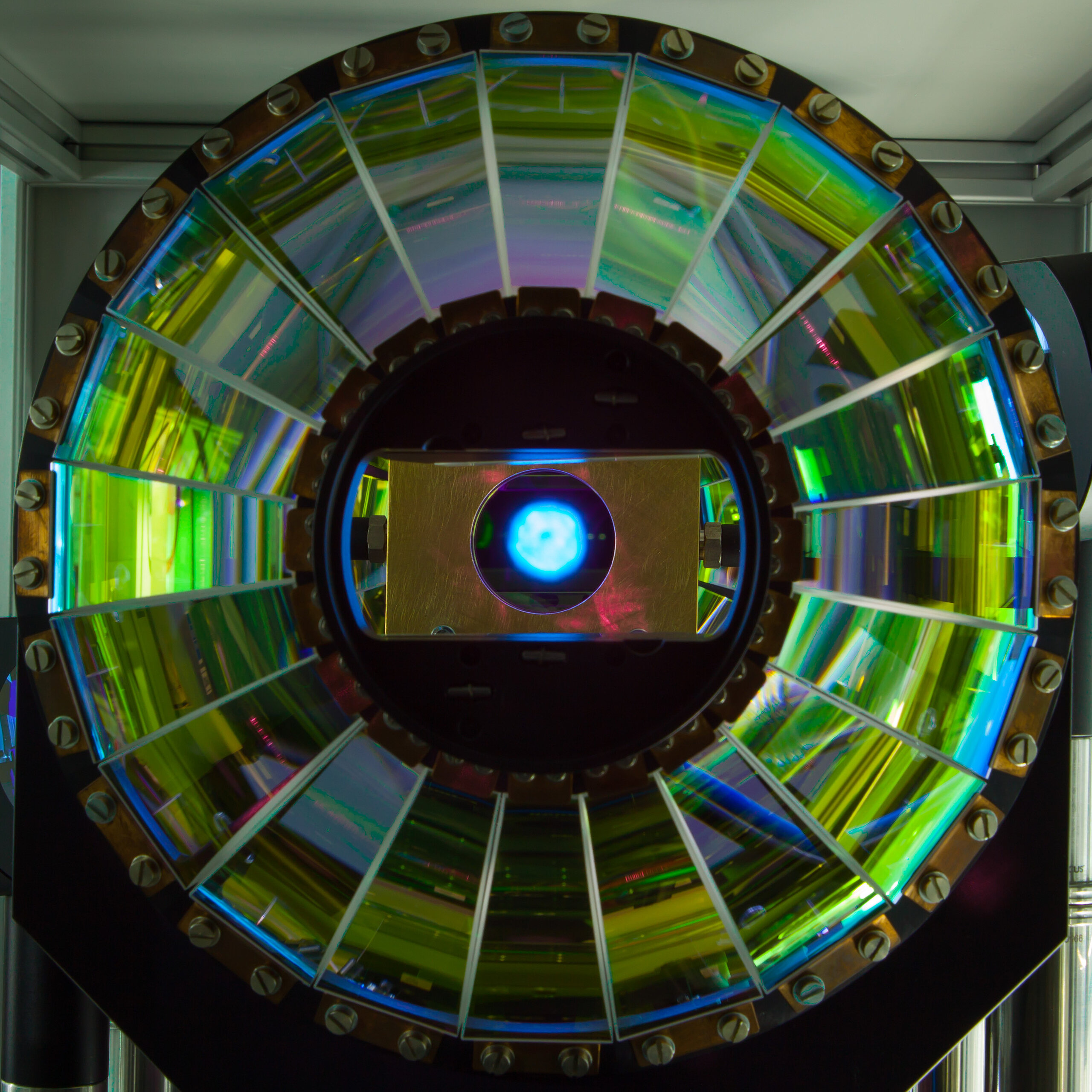Development of Cryogenic Laser Amplifiers
Apart from the material employed, the performance of a laser amplifier, and thus the parameters of the generated laser radiation, crucially depend upon the temperature at which the active medium is put to use. For materials doped with Yb3+ ions (e.g. fluorophosphate glass, CaF2 crystals), which form a quasi-three-level-system at room temperature owing to the thermal population of the lower laser level, the efficiency of the laser can be substantially increased via cooling, practically “freezing out” the lower level. Furthermore, the change of thermo-mechanical properties causes some materials to display an improved thermal conductivity at lower temperatures, prompting a more homogeneous temperature distribution and a significant decrease of thermal stresses. It also facilitates the dissipation of heat that is generated within the laser material, which in turn allows for a higher repetition frequency.
Contact:
